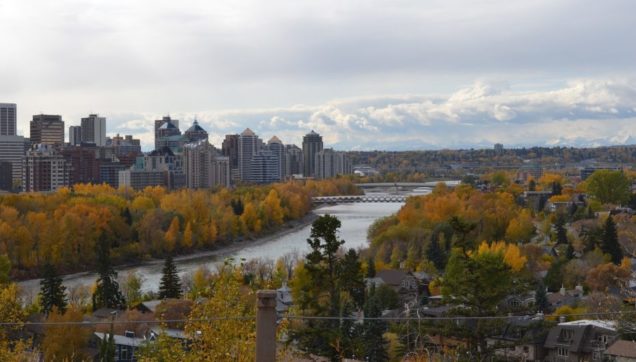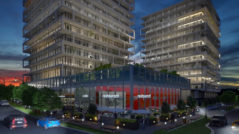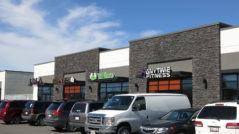Zoning bylaws in Calgary regulate the use of land in the city determines exactly how land can be used. Zoning bylaws include zoning terms regarding the type of buildings allowed on the land, the size of lots, building heights, and property use. Every commercial real estate investor needs to know exactly what zoning terms mean.
Previously, we wrote about understanding zoning laws and how they can affect your investment. In this article, we will explain some of the more commonly used zoning terms for Calgary real estate.
Buffer zones. A buffer zone is a zoning term describing land use between two distinct zoning areas. Buffer zones can include parks, trees, grass, or other types of undeveloped land.
Commercial use. These zones only allow for buildings that include retail premises, shops, service businesses, and office use.
Industrial use. Industrial use zones are a type of commercial zone. However, the types of properties allowed there are warehouses, storage units, distribution centers, and manufacturing businesses. Usually, zones set aside for industrial use are far away from residential zones because of the nuisance factor.
Master plan. A master plan outlines the general development of the city. This includes descriptions of the types of building use, open spaces, parking, and general layouts. Very often, a master plan will also include proposed land uses.
Mixed-use zones. Zoning bylaws allow for mixed-use zones where there can be a mixture of commercial and residential properties. Very often, downtown areas of the city are zoned for mixed use to allow for residential, retail, and offices to be combined in one zone.
Residential districts. Residential district zones are for family homes and apartments to be built. Sometimes, residential districts can specify the type of building residential building allowed in the zone.
Rezoning. Local government can decide to rezone a certain area to allow for a change of use. This could be open spaces that are rezoned for residential development as a city expands.
Regulatory taking. The local government can use regulatory taking laws to acquire property from private owners for public use. When enforcing ‘regulatory taking’, the property owners must to duly compensated to a reasonable degree.
Zoning ordinance. The zoning ordinance let you see maps of the zoning districts with explanations of structures and uses of each district.












